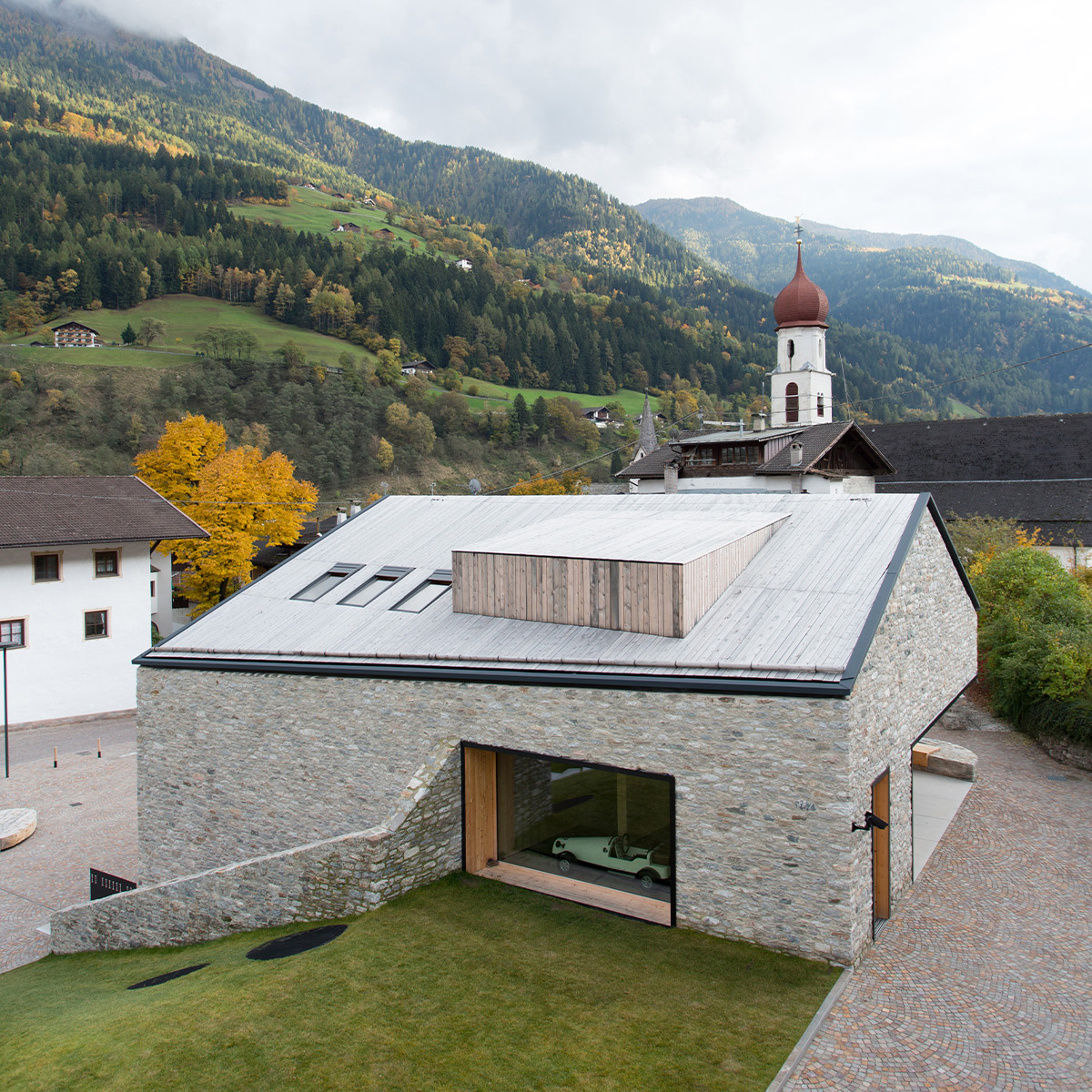
Two buildings, one in the mountains and one in the valley
Abstract
The Alps consist of mountains and valleys. Phenomenologically and emotionally, the construct of “Alpine architecture” is characterised by the image of a building located in an idyllic mountain setting – regardless of its style. The fact is, however, that architecture in the Alps means primarily building in the valleys. Building in the valleys is usually far less poetic than embedding a building in a complex and idyllic mountain landscape. It entails dealing with scarcity of land, overexploitation and the often-incompatible proximity of transport infrastructures, power lines, residential areas, emission sources and intensive agriculture. These challenges are part of contemporary Alpine architecture. So, what distinguishes Alpine architecture from the rest? In this contribution, the different challenges of building in the Alps are illustrated through two examples from two different locations. The first deals with building in an inner-Alpine side valley and picks up the traces of bygone days that still exist, whereas the second deals with the sustainable management of overexploited territories, characterised by land pressure and conflicts over their use in an inner-Alpine urban area. The two examples show that, although there is no such thing as a homogeneous Alpine architecture, there are specific framework conditions and challenges for building in the Alps that justify the specific categorisation of “Alpine architecture”.







